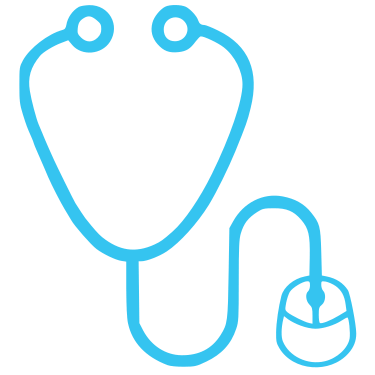Patient Rapport: Are You Doing It Right?
Every medical professional will agree: patient-doctor rapport is important.
Before Anaesthetic Group was set-up and online pre-op questionnaires were launched, most anaesthetists made very little pre-op contact before the day of the private list. It was simply too difficult.
Most anaesthetists would turn up on the day, and proceed with the case. As a patient, this can be one of the scariest things about the operation.
Imagine if you, or someone you care about, needed an operation. Now, imagine there was a neck issue, a medical concern, or even an allergy that you wanted the anaesthetist to know about. If the anaesthetist had made no attempt to contact you before the day of surgery, how worrying would that be for you?
Patient complaints
An Avant article recently stated:
“the frequency of complaints to anaesthetist regulators has increased by 88% in the last year alone”
That’s a hugely significant increase!
The article mentions that “this represented the greatest rise in these matters of any speciality, and significantly above the average for Avant members”.
Patient rapport and communication issues are, and always have been, a leading cause for complaint.
The NSW Health Care Complaints Commission (HCCC) mentioned in its 2016 annual report that “although clinical care remains the largest allegation category, complaints about doctor-patient communication have increased more significantly than other categories, highlighting the importance of the doctor-patient relationship”.
Patient feedback after complaints included comments such as:
- “Thank you for listening”
- “Our complaint was handled in a very considerate and professional manner”
- “I am happy that I have been taken seriously”.
These comments clearly demonstrate that patients simply want recognition and rapport.
How can I build patient rapport as an anaesthetist?
There are many, often very simple, ways in which an anaesthetist can build rapport with their patients. Some examples of easy ways in which to do this are as follows:
- Tell your story on your profile page
- List your qualifications
- Explain who an anaesthetist is, and why patients need you
- Communicate to your patient what will happen on the day
- Include a picture of yourself, so you’re a familiar face on the day
- Give a brief history of your work and training
- Provide your surgeons’ rooms with an introduction page
- Send an SMS to your patient, with a link to your page
- Provide your patient with your email address (you can get a professional one here for free)
- Make a genuine effort to listen to your patient, and to answer their concerns
- On the day – make eye contact, avoid jargon, use positive body language, watch for non-verbal cues, and ask if they have any questions
- Request patient feedback (using CPD patient experience surveys)
- Be open and easy to contact, should they have a problem post-op.
For more ideas we’ve compiled some of the most insightful (positive and negative) comments our members have received as part of their Patient Experience Survey. Over 4,634 lines of Patient Experience Survey responses were analysed. All data has been de-identified. See https://anaestheticgroup.com.au/anaesthesia-patient-experience-survey-results/
Anaesthetists, in many ways, are already expert communicators. As the wife of an anaesthetist, one thing I know is how funny, jovial, and pleasant you all are. You have the ability to kneel down and talk fun to the little ones, and interest the minds of the learned elderly. On a daily basis, you deal with a wide variety of other colleagues – surgeons, nurses, midwives, administrators, and intensivists, to name but a few. You’re very good at fitting in, and making conversation with all you meet.
Building patient rapport isn’t difficult. All it requires is for you to take the first step.
